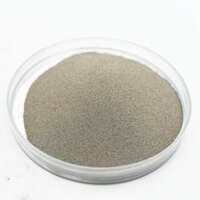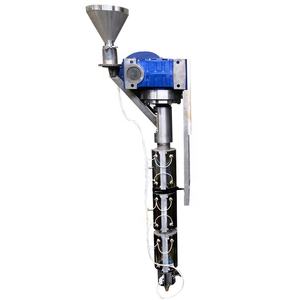The Secret Sauce of 3D Printing: What’s the Magic Behind the Layers?
(What Is The Material Used In A 3d Printer To Print Called? *)
Imagine a machine that can turn digital dreams into real, touchable objects. This is what 3D printers do. But how? The answer lies in the “ingredient” they use. Let’s talk about the stuff that makes 3D printing possible.
First off, the material used in a 3D printer is called **filament** or **resin**, depending on the printer type. Think of filament as the “ink” for regular printers. But instead of liquid, it’s a thin string of plastic. Resin is different. It’s a sticky liquid that hardens under light. Both materials build objects layer by layer. The choice between them depends on what you’re printing.
Filament is the go-to for most hobbyists. It’s cheap, easy to use, and comes in colors. The two main types are **PLA** and **ABS**. PLA is made from cornstarch or sugarcane. It smells sweet when melted and is eco-friendly. ABS is tougher, like Lego bricks. It can handle heat better but needs good ventilation. There’s also **PETG**, which is flexible and durable. People use it for things like phone cases.
Resin is for high-detail prints. Dental models, jewelry, or miniatures often use resin. It’s messy but precise. Resin printers use UV light to harden the liquid. The downside? Resin is pricier. It also needs gloves and careful handling.
Now, let’s get technical. Filament works like hot glue. The printer heats it until it melts. The nozzle moves, laying down thin lines. These lines cool fast, sticking together. Layer by layer, the object takes shape. Resin printing is different. The printer shines light on the resin, hardening it one slice at a time. It’s slower but sharper.
Specialty materials exist too. Some filaments mix wood or metal dust. These give prints a unique look. Imagine a vase that feels like real wood. Other filaments glow in the dark or change color with temperature. Resin can mimic rubber or clear glass. These options let creators experiment.
Why does material matter? It decides the print’s strength, look, and use. A toy might use PLA. A car part needs ABS. A dentist uses resin for accurate molds. Picking the wrong material can ruin a project. Brittle prints or melted shapes are common mistakes.
Cost is another factor. Filament is budget-friendly. A spool costs about $20. Resin is double or triple that. Printers also vary. Filament printers are simpler. Resin printers need more cleanup. But the results? Worth it for pros.
Recycling is catching up. PLA can break down in compost. ABS is trickier. Companies now make recycled filaments from old bottles. Resin recycling is rare. Most ends up as waste. This pushes makers to think green.
The future of 3D printing materials is wild. Scientists work on edible inks for food printing. Concrete filaments could print houses. Bioprinting uses living cells to make tissues. Imagine printing a pizza or a bone graft. The possibilities are endless.
So next time you see a 3D printer, remember the magic isn’t just the machine. It’s the material. Filament or resin, simple or fancy, these substances turn ideas into reality. Whether you’re a hobbyist or an engineer, picking the right “sauce” makes all the difference.
(What Is The Material Used In A 3d Printer To Print Called? *)
Want to try it? Start with PLA. It’s forgiving and fun. Dive into resin once you’re ready for detail. Either way, you’re joining a revolution. One layer at a time.
Inquiry us
if you want to want to know more, please feel free to contact us. (nanotrun@yahoo.com)

